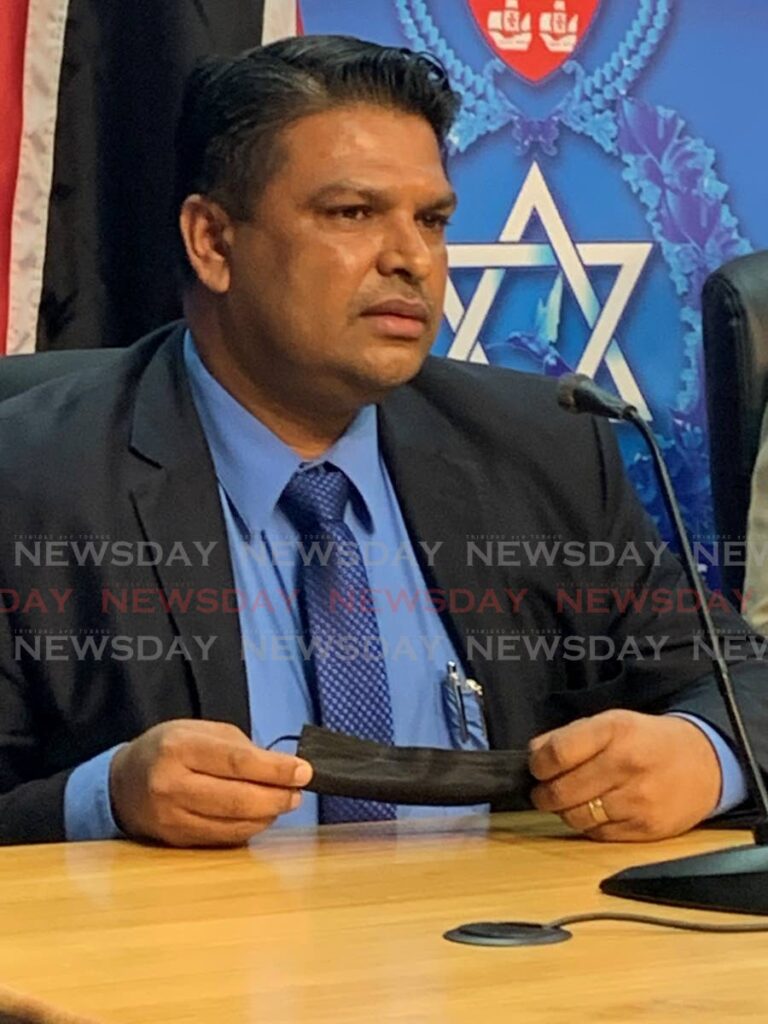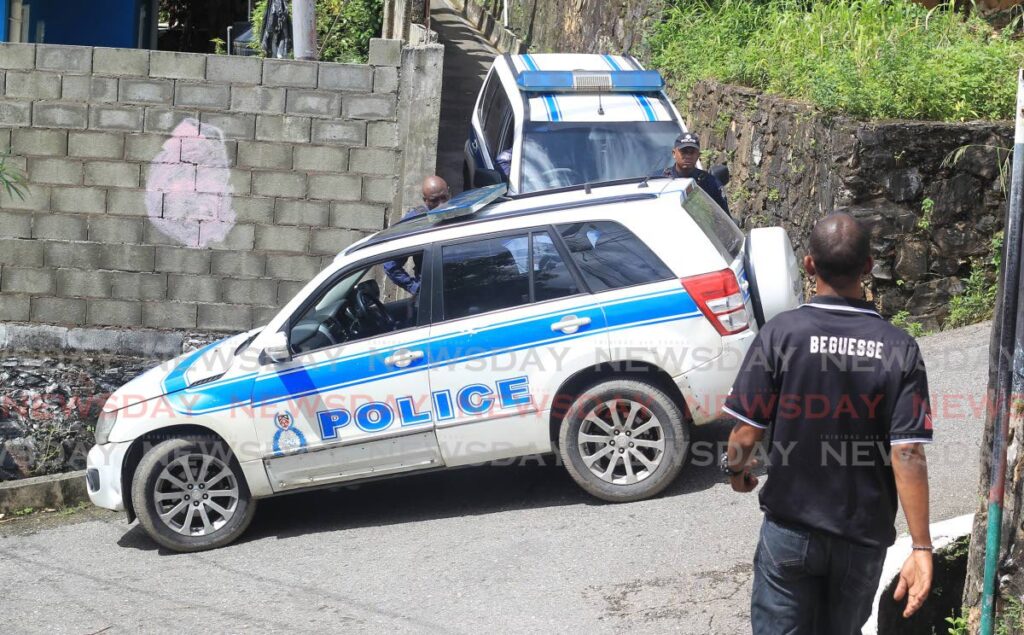Homicide cops gear up to curb record murders

With four more weeks before the close of the year, the country has recorded 557 murders, the highest ever but police say there is an uptick in the number of cases being "solved."
On November 16, when Sunday Newsday spoke with Snr Supt Rishi Singh, head of the Homicide Bureau of Investigations, the murder toll was 535.
But by December 3, that figure had increased to 557. In 2021, there were 419 recorded murders for the same period. In 2008 the country recorded 550 murders, a new record, surpassing the 2019 toll of 539 murders.
The police are promising they will be “pushing back.”
Leave for officers have been restricted as part of that pushback; officers from specialised units will be used to augment the manpower needed for increased patrols.
In addition, 110 officers who graduated in November and special reserve police will also be used to boost patrols. This, along with the delivery of additional vehicles, is part of the plan to stymie murders.
Tackling the problem
For Singh and his team, training has been increased, which he said will be helpful in solving murders.
“Our strategies, though not necessarily new, are aimed at the utilisation of all available evidence and procedures in the modern environment geared towards increasing effectiveness and efficiency.
“In the quest to keep updated with the best practices the police has benefited from international partners like the US, France, South Korea and others in investigative and technical training.”

Singh said from the unit’s initial examinations, the probable cause for the high murders in 2008, 2019 and 2022 remains gang activities and the ease of getting hold of guns.
With this knowledge, Jacob partnered with tertiary institutions with a view to having criminologists, statisticians, economists and other professionals research what triggered the high murder rate. This research, he said, will guide police interventions.
“This partnership is not only to establish the identification of the psychosocial issues in identifying root causes, but also to treat with the issue of the wider society response. A cursory examination of our records show that the chief similarity is firearm use in gang-related activity.”
Singh said while the similarities in the three years are gangs and guns, what makes 2022 different is the number of multiple killings per incident. As at November 29, there had been 36 double murders, four triple murders and two quadruple murders. Singh said the increase in the migrant population has added to the criminal activities – with migrants being both victims and perpetrators.
“Our records demonstrate that progressively more migrants feature as victims and suspects in crimes generally. Up to today we have 21 foreign nationals listed as victims of homicides.
"It is reasonable to suggest from this that the movement of groups of people carries with it the attendant issues which impact human behaviour generally, crime and deviance included.”
Murders by type
As of November, 25, 226 of 446 murders were classified as gang-related, 84 as drug-related and 71 as revenge.
Domestic killings, which were broken down into two categories – intimate and non-intimate – resulted in 11 and 12 murders respectively.
The other classification of murders are mistaken identity, altercation, unknown, relationship-motivated, robbery, rape and in the line of duty.
With gang-related murders topping the charts, Singh said his data could not highlight any correlation between the anti-gang legislation, when it was enacted, and gang murders.
“It remains a fact that gang killings have consistently topped the category of probable causes of our murders. I cannot say that during the time the anti-gang legislation was in force that there was a corresponding reduction in our gang-related deaths.
"This does not mean that the anti-gang legislation was not impactive. In fact, during the period 2018-2022 prosecution was initiated for 91 gang-related offences. Surely there was specific deterrence of the individuals charged."
In November 2020, the extension of the anti-gang legislation was defeated when the Opposition did not support it. In 2018 it had been given a 30-month sunset clause and needed a three-fifths majority to continue. The law was piloted by the People’s Partnership in 2011.
After the defeat of the bill, then police commissioner Gary Griffith blamed the collapse of the legislation on “petty politics.”
Solving the murders
During the media briefing on November 17, Jacob said the solve-rate was between 12 and 13 per cent, but was hopeful that it would increase.
“As I said, it may be there now, but in the next three months it may reach 17-20 per cent.”
Singh, who has been an officer for 26 years, two of them at the Homicide Bureau, said it can take up to 30 people to solve one murder. This team includes officers processing the crime scene; the technological support staff analysing the ballistics and biological evidence; and those who may have to “go on the hunt” for the suspects.
“Some investigations are quite simple, such as domestic cases.
"It really is a mammoth task to do one investigation, and we have over 500. The thing is, even though an officer is listed as an investigator, he has the entire backing of the police service, the Ministry of National Security and the government.”

Singh said while technology is used to solve murders, it is never enough, as it is always changing, and officers try to keep up with the changes. Additionally, he said the public can continue to assist.
“We need more citizens to adopt a position of courage and a sense of responsibility, in a spirit of nation-building, to address the issue of the human vulnerabilities which result in crime and deviance.
"Ironically, the questions as to what citizens can do is simply answered by 'Stop committing crime,' but it’s not so simple.
"We must, therefore, take responsibility as a people and examine the way we interact and adopt a culture which produces a citizen who can manage anger, who can respectfully engage in handling disputes, who respects life, liberty and property.”
Homicide Bureau facts
The Homicide Bureau is made up of three regions I, II and III.
Region I includes every area between Laventille and Chaguaramas and includes Tobago.
Region II has the largest geographical space to cover, beginning at Morvant-Matelot in the north and reaching Rio Claro in the east.
Region III covers Central and South Trinidad.


Comments
"Homicide cops gear up to curb record murders"